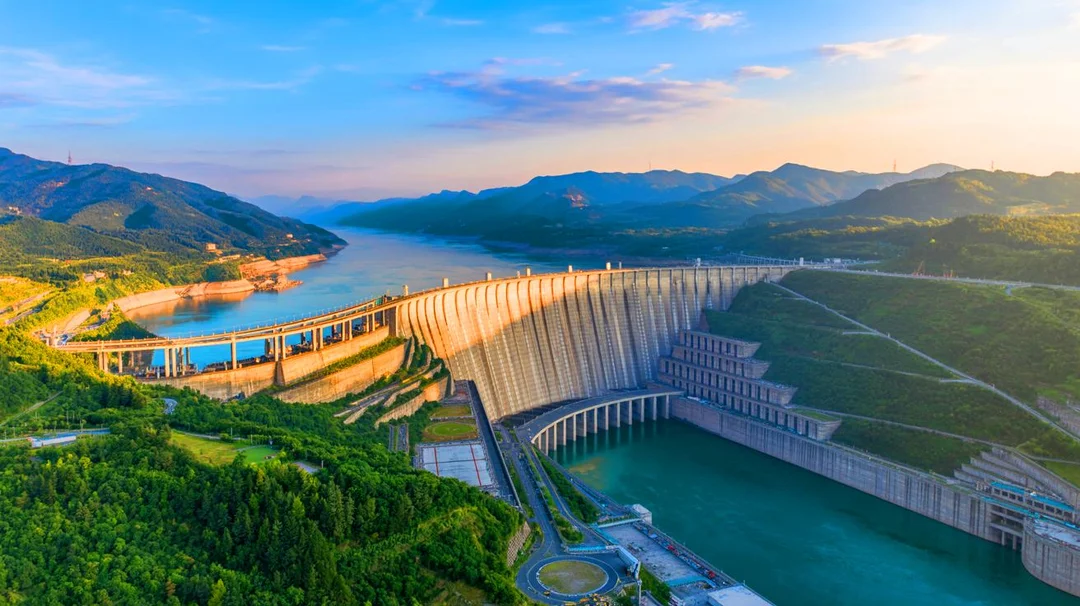
China’s Three Gorges Dam: Slowing Earth’s Rotation and Sparking Sinofuturism Debate
The Three Gorges Dam in China, the world's largest hydroelectric dam, isn't just a feat of engineering; according to NASA, it's subtly impacting the very rotation of our planet. But beyond its geophysical effects, this monumental project is also fueling a larger debate about China's technological ambitions and its vision for the future, a concept coined as Sinofuturism.
Slowing the Earth, One Dam at a Time
A NASA article from 2005 highlighted how events involving significant mass redistribution, like earthquakes and tsunamis, affect Earth's rotation. Dr. Benjamin Fong Chao noted that even everyday actions contribute. The Three Gorges Dam, with its massive reservoir holding 10 trillion gallons of water at capacity, can increase the length of a day by approximately 0.06 microseconds. While seemingly insignificant, this illustrates the profound influence of human activity on a planetary scale.
Implications Beyond Microseconds
This subtle impact raises crucial questions. What are the cumulative effects of such massive infrastructure projects? How will they affect timekeeping, navigation, and even climate patterns in the long run? As we continue to reshape the planet through engineering marvels, understanding these subtle shifts becomes increasingly critical.

Sinofuturism: China's Vision of the Future
More broadly, the Three Gorges Dam embodies a larger trend: China's rapid technological advancement and its assertive approach to shaping the future. This has led to the concept of **Sinofuturism**: a vision where China leads in technological innovation, infrastructure development, and perhaps even global influence.
Some analysts point to China's impressive track record in infrastructure projects, including the world's largest building, longest bridge, and a cutting-edge high-speed rail network, as evidence of this ambition. China's focus on advanced technologies like AI, robotics, and quantum computing further solidifies its position as a technological powerhouse. Key to China’s success is a mastery of technology production and AI systems designed for logistics and supply chain optimisation giving it a potentially unassailable lead.
Contrasting Visions
This vision contrasts sharply with the approach of some Western nations, where infrastructure projects often face delays, budget overruns, and concerns about individual rights and environmental impact. China's willingness to displace large populations for projects like the Three Gorges Dam highlights a key difference in priorities.
A Call for Reflection
The rise of Sinofuturism raises important questions for the West. Can Western nations maintain their competitiveness in the face of China's technological advancements? Can they rediscover the ambition and long-term planning necessary to compete in the 21st century? The challenges are significant, but the need for a clear vision and decisive action is undeniable.
What do you think? Is Sinofuturism a threat or an opportunity for the West? Share your thoughts in the comments below.